|
.In the spring of 2016 I was awarded a residency at the Santa Fe Art Institute during it's Water Right's themed residency period. My proposal? To carve, print and build a boat that would ultimately be used as an actual vessel for floating on water, preferably rivers. Had I ever built a boat before? Had I ever really built anything out of wood? Not really. But I determined that somehow this was actually a good idea anyways so I called up master boat builder and my friend, Brad Dimock, who runs Fretwater Boatworks, for some help at making this crazy proposition come true. He was intrigued and although I'm sure he had some doubts about my ability and sanity (I sure did) he nonetheless welcomed me into his shop for the initial construction for the side panels of a MacKenzie drift boat, one of the simpler, more straightforward river craft he makes in his shop. We spent a long day scarfing marine grade plywood and cutting two 16' pieces that I strapped to the top of my car and drove to Santa Fe for the months of January and February to carve and print for the initial phase of the project. When I got to Santa Fe and actually was able to take in the enormous amount of wood I had to cover with carving, there were several considerations which ended up guiding my journey through 32 feet of plywood. Because a McKenzie drift boat is not a decked boat, I decided I wanted to focus my imagery on a river I could actually take the boat down. Having begun my guiding career on the San Juan River, which is relatively shallow and rocky (ideal for this type of boat) I decided that would be watershed my imagery was focused on. I also chose the San Juan because it is the southern border of the new and controversial Bears Ears National Monument, I place I firmly believe needs to be protected as such and a place in need of advocacy and awareness as it is on the chopping block by the Trump Administration and Utah state legislators. And so the carving began. The San Juan Mountains create the bow (where the San Juan River Begins) and as each side moves toward the stern, I tried to included both natural and human made elements affecting the river today. The edge of Cedar Mesa (part of Bears Ears National Monument) drains in the San Juan Watershed. Navajo Dam and reservoir, control the flow of the San Juan from New Mexico to Lake Powell. Uranium mining caps in multiple locations affect river and humans alike. Slowly I chiseled out the stories of the San Juan. After seven weeks of carving I had completed the largest woodcut I had ever made and was ready to print. My partner Brian met me in Santa Fe and we spent the week printing the images I had carved into the hull. With my residency time up, we piled everything back into the car and drove it back to Flagstaff to be stored until there was time to make the rest of the pieces to turn it into a boat. Throughout the summer whenever I was in town for a river trip, I would head over the Brad's shop and hammer out some more pieces. By this October, we were ready turn turn the giant pile of sticks I had made into something that floated. And so we did. We started at noon and had finished by midnight-- a 12 hour assembly and a record for Fretwater Boatworks with 4-5 people working at a preposterous pace and giggling all the while. As soon a we attached the bow post to the hulls and began to place the ribs into the boat, the curves made by the shape of the boat enhanced the imagery to a degree I never could have imagined. Each image becomes singular and plural as they fade in and out of sight depending on your perspective as a viewer. The bow becomes a mountain in and of itself, in concert with the sweep of the shape it creates. After sitting in it for a good two hours post-completion, I am just beginning to imagine the possibilities it holds going forward. Stay tuned for her upcoming adventures including her maiden voyage, naming, and possible second edition of prints. Check out Fretwater Boatworks blog post for some sweet time lapses of construction here
19 Comments
Koyasan- a town in the mountains southwest of Kyoto dedicated almost entirely to Kobo Daishi, a Shingon buddhist monk who went into a shrine to meditate in 836, and still is to this day (as far as esoteric buddhists are concerned). Eko-in (the monastery where we stayed)  We stayed in a small monastery there. Paper walls protecting us from snow, up at 7 for morning prayers and the fire ceremony, daily rituals that esoterics practice. Then vegetarian breakfast, (and dinner) some the of the best food we've had thus far, beautifully prepared and arranged onto small plates-- the monk's diet. Snow and cemeteries, temples, temples, and more temples, Buddhas, and monks everywhere. A truly sacred place. I have never been more cold inside of a building, and I have never been more thankful for heated toilet seats. All in all I made about 150 sheets of paper. Way more than I was expecting and enough to last me while at the same time really allowing me to absorb the process. Making beautiful paper is a skill and while I am definitely still a novice, I have so much more respect for papers than I did before, and I have so many new ideas about how to use paper than I ever would have otherwise. What an honor to work at the Awagami paper factory for eight days and to learn from the master himself, Mr Fujimori, a true lover of the arts and a true master of handmade and machine made washi papers. He has had artists from all over the world come to his factory to make art and is a world renowned paper master. I hope someday I will get to return as an artist in residence and make unbelievable art and paper in a wide variety of manners. the stack of paper as it is being made The last full day we spent learning different dying techniques to use with Japanese Washi. We learned a technique specific to Awagami that's a lot like tie dye, made by folding the paper in various ways then dipping certain areas in dye to create patterns. We also learned how to dye paper with indigo, a tradition that has been happening for centuries. The color is amazing and its so refreshing to see such a beautiful color coming from a totally natural process. They grow indigo in the area on the fertile silt flats along the river where they can't grow rice because of flooding. Indigo is harvested before flood season, whereas rice is harvested after and so cannot be planted so close to large rivers. I would really love to come back and learn more about indigo, the plant and process-- its such a pungent powerful plant. my sheet of indigo dyed paper rinsing in the bath vat of indigo dye  indigo papers drying
 Day 1: We arrive in the cold early morning to a small field on the mountainside about the size of a baseball diamond. It's a Kozo (mulberry) field where we harvest two rows of trees that will become our paper. All the trees have only one year of growth, meaning that kozo is a pretty sustainable material for making paper. We cut the branches into specific lengths and walk down to a large log cabin surrounded by bamboo where we steam them until the bark falls off easily. We move inside where we then begin scraping the outer layers of bark off revealing only the natural fibers beneath. This is what will become our paper. Day 2: Scraping, scraping, scraping. Wet hands and sore backs we scrape all day long sitting on stumps in a big circle around buckets of wet kozo. The end of the days arrives, and we finally walk down to the handmade paper factory, a beautiful, small building where only special commissions and the actual, really truly handmade stuff is made. Day 3: The morning consists of Chiritori: the process of picking out all the teeny tiny black stuff we didn't scrape off with our knives. In the afternoon, we beat the fibers on wooden blocks to separate all the long strands into something that looks like omelet, but feels like weird soft and gooey paper. Day 4: The making of the paper begins. Each team of students gets a sue and a kata: the sue is a handmade bamboo mat with the tiniest pieces of bamboo you have ever seen. the kata is the frame that holds the sue. The entire machine gets dipped into a vat full of water, fiber and neri (an eggwhite like substance made of hibiscus flowers that holds the paper together) and then as the water filters through it leaves the fibers behind. This process gets repeated again and again until you achieve the desired paper thickness. The sue comes out, and you press it down on the felts leaving your paper behind. And then repeat, and repeat and repeat. Two and a half more days, as much paper as we can make, and it will all be ours :) Class begins. It's interesting to think everyone else at RISD is in class right now. Me too, I guess, but it feels like something out of a strange dream, a dream filled with endless skylines of tall buildings, Japanese art, cute anime characters and flashing lights.
The emperor's palace is only open to the public two days a year, on the emperor's birthday, December 23, and on January 2 for the emperor's new years blessing. So through the exotic pines, security lines, and gates of the palace we went for the 11:00 viewing of the emperor behind bullet proof glass. I'm sure whatever he said was good luck. Then off to Ofuna to check out the Buddhist caves carved by hand from 1170 to 1720 full of imagery of Buddha, stories, and ancient wisdom unknown to us. Small candles lit our way along passages too short for anyone over 4 feet and the sound of running water everywhere... quiet contemplation among the craziness of technicolor signage and accosting tones of musical shopping districts.... In Kamakura, one of the Giant Buddhas, a gentle giant cast in bronze, looking down on the gawkers, gaijn (foreigners) and Japanese alike. How did they cast bronze in 1290? How idd they cast bronze in 1290 the size of a two story building? The sunlight cast a glow upon his smiling features... red bean filled pancake buddhas for sale outside.... temple books with calligraphy for each visit you have... always the tinkling sound of japanese in the background... Hacedera. Temple in Kamakura, set back in the hills, over looking the ocean... Incense swirls in the air and the coy ponds are filled with cold fish, colorful and barely moving. Blue skies, cold and clear winter days.
 Tokyo. Arrived on time... Perfectly easy train navigation from the airport to Shinjuku... Clean and oh so quiet for a huge international city.... Serendipity put Laura and I together at the train station by our hotel purely by chance, I turned around and there she was.... Then we walked into a world made of cute things and little people. Our hotel was perfectly fitted to someone my height, I can't imagine being much taller (or longer trying to sleep in one of those little beds) Rallied hard from no sleep and too many sappy movies on the plane to a New Years party of street beer and juice boxes of sake (no open container laws here)... Brought in the New Year under the Tokyo Tower, then wandered around Rappongi, people watching and finally settling into some karaoke before falling into bed around 4 am. Woke up to a sign next to my bed that read-- No smoking in the bed... you got it. The toilets all have bidets and more buttons than I know what to do with... Vending machines with hot, tiny cans of coffee, menus with delicious ramen, rice, met and fish but no idea how to say anything except thank you. I just pick one that looks good and hope for the best-so far so good..... Sitting in my capsule now, planning our next day, already New Year's Day is turning into night whereas the US has just celebrated.... I hear rumors of big snow in Flagstaff, a few flakes here and a stiff breeze remind that's its still winter. Here's to 2015, whatever it may hold for you, me, and everyone in between:) As for Japan, I am enthralled. Hey Everyone!
So I've finally got a website up and running! Hopefully this will serve as an electronic portfolio, a place for people to see what's going on in my artistic world and eventually, as a place to sell my art! (still working on that part but I'll keep you posted). Visit, enjoy, and come back often!!! Kate |
A blog about art, the creative process, and simply living creatively. Archives
November 2017
Categories |


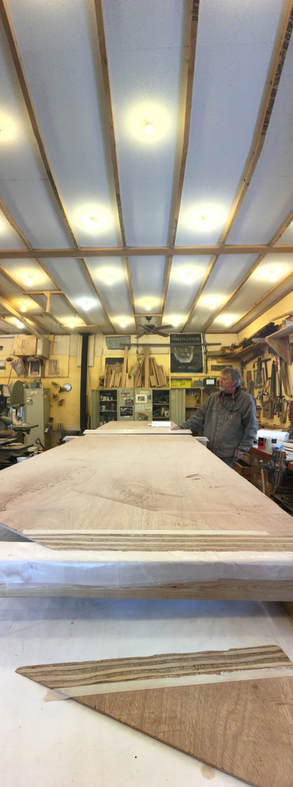
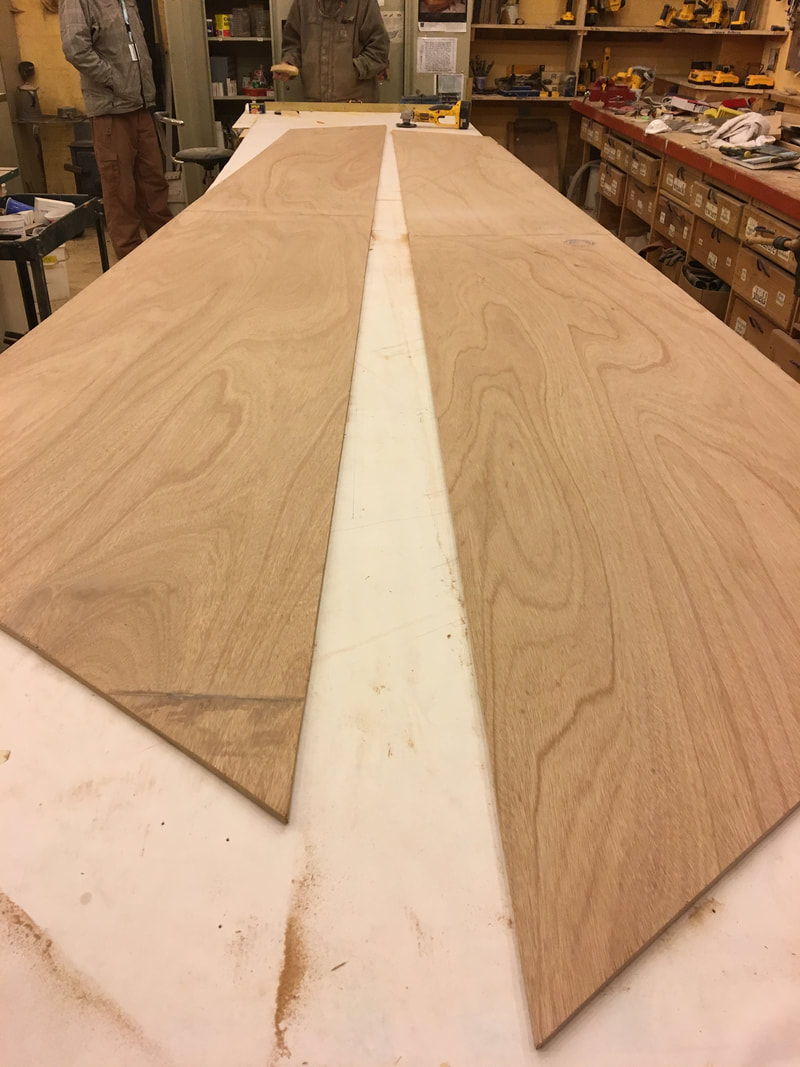


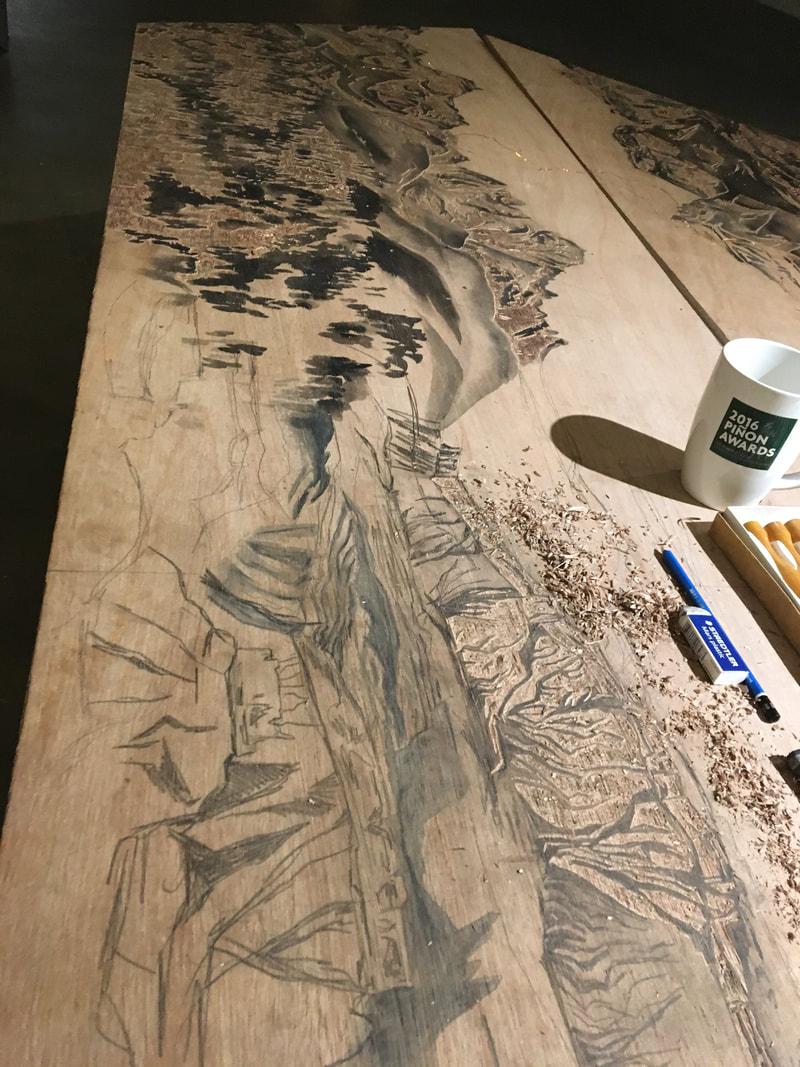
















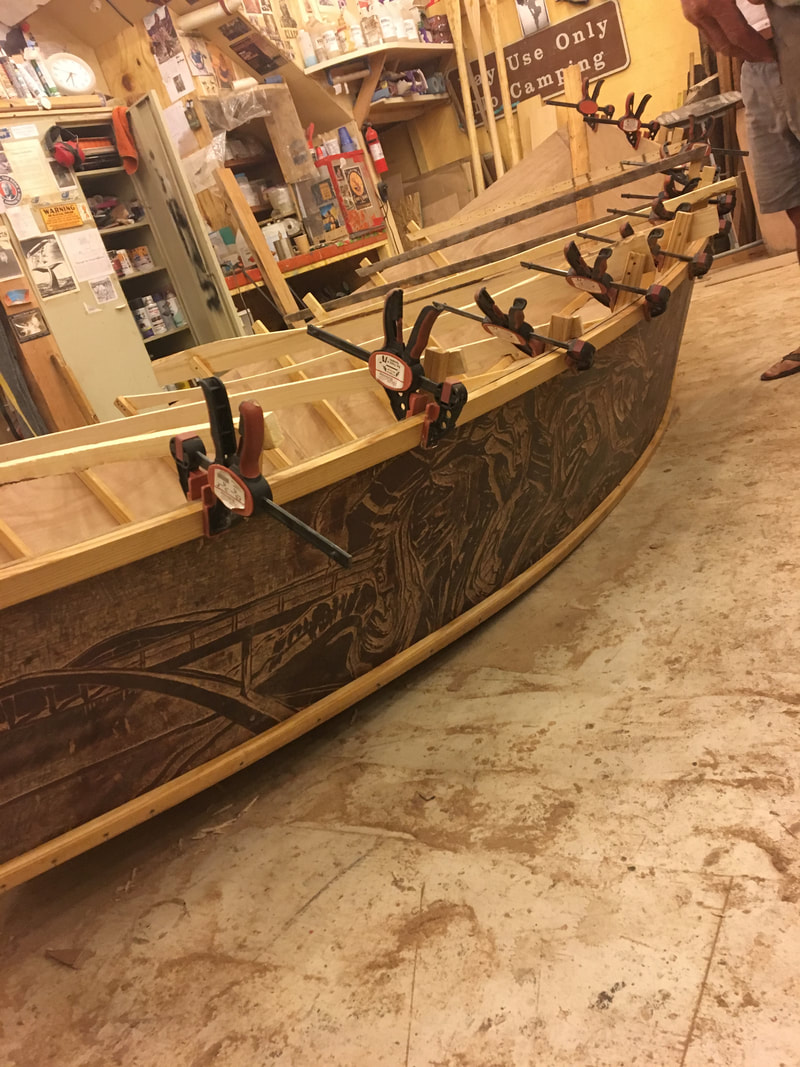

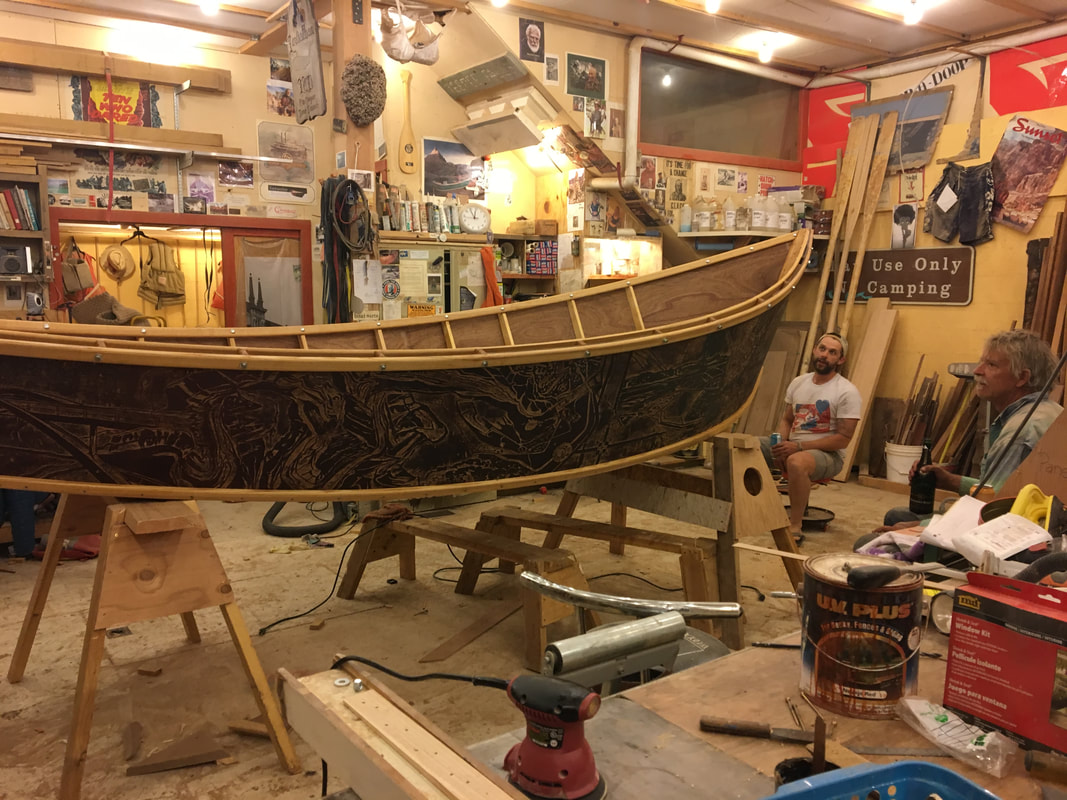












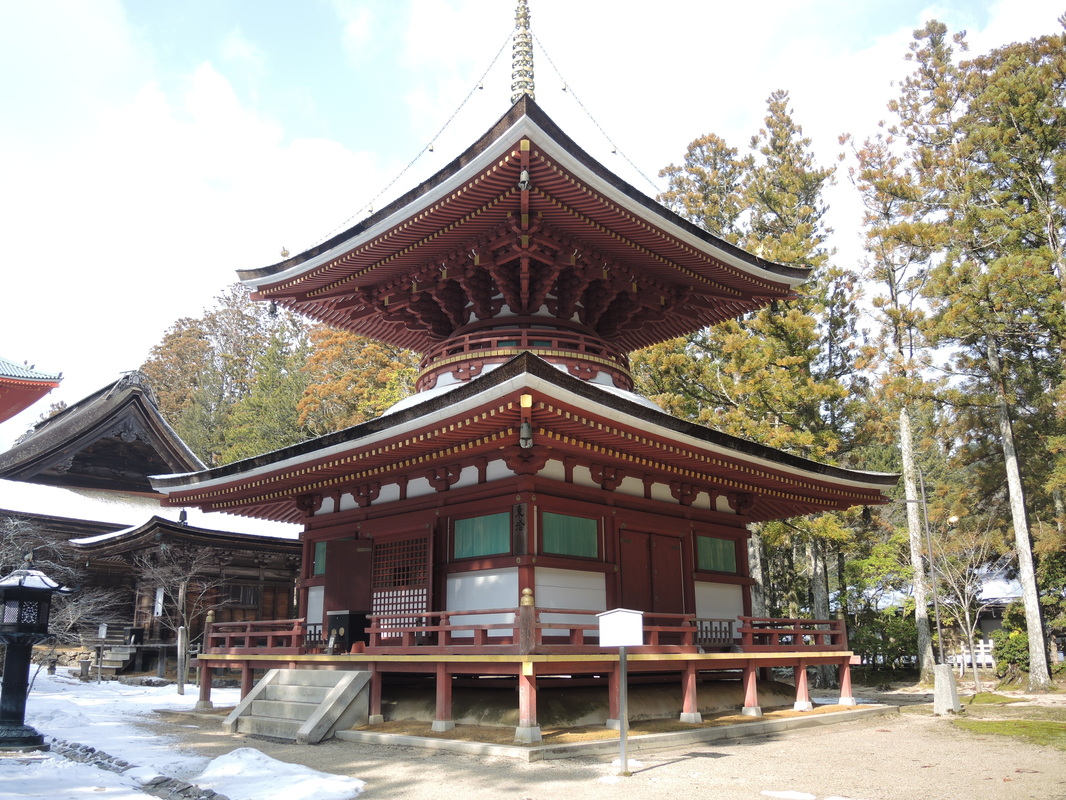


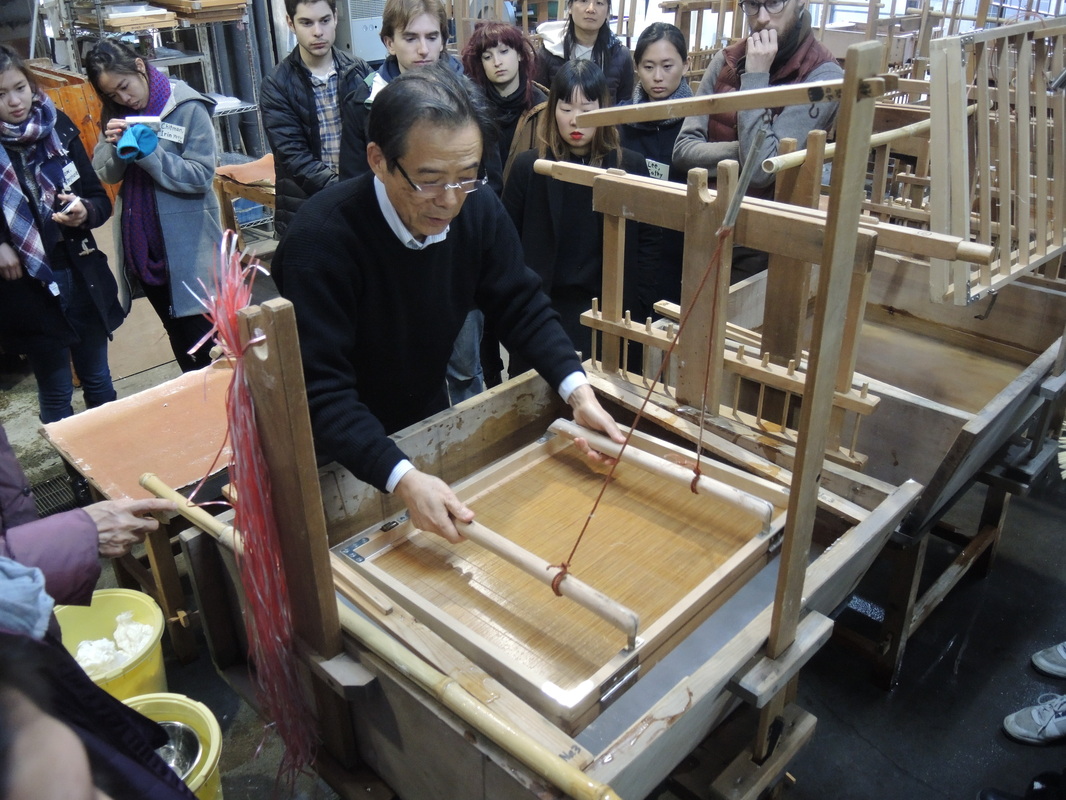
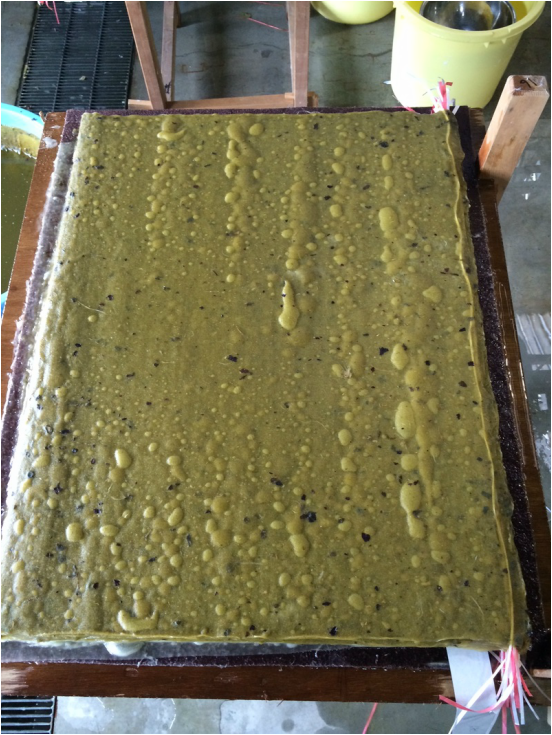




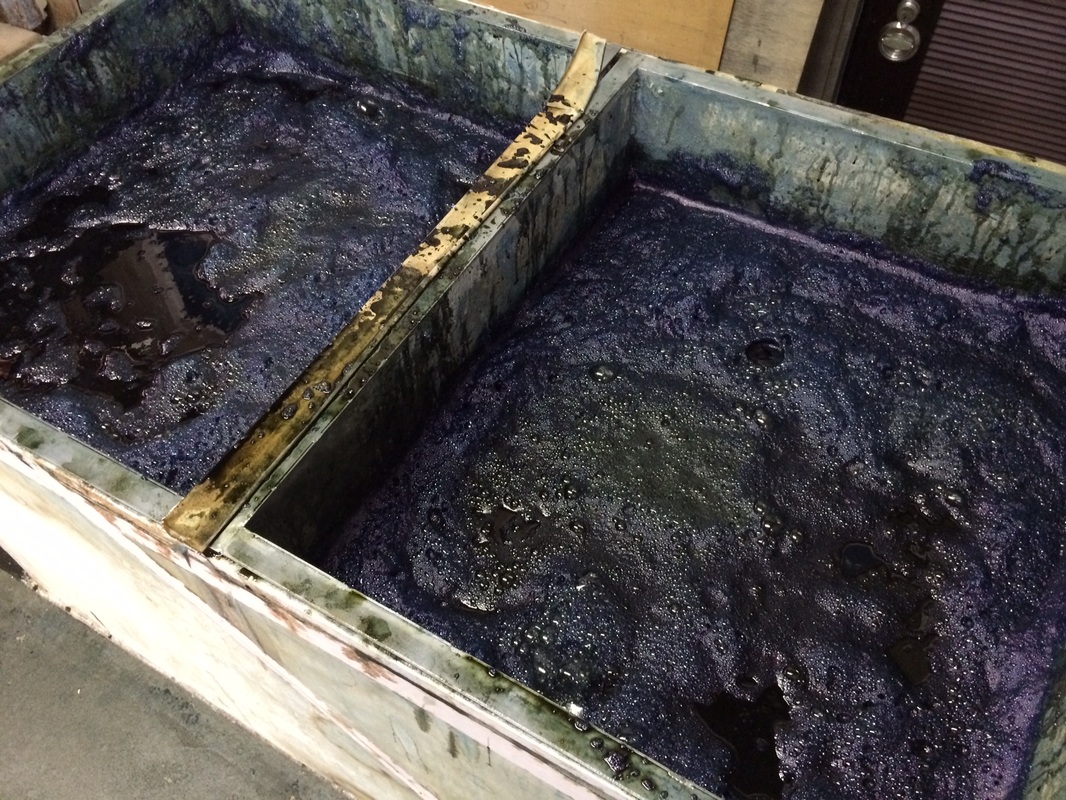






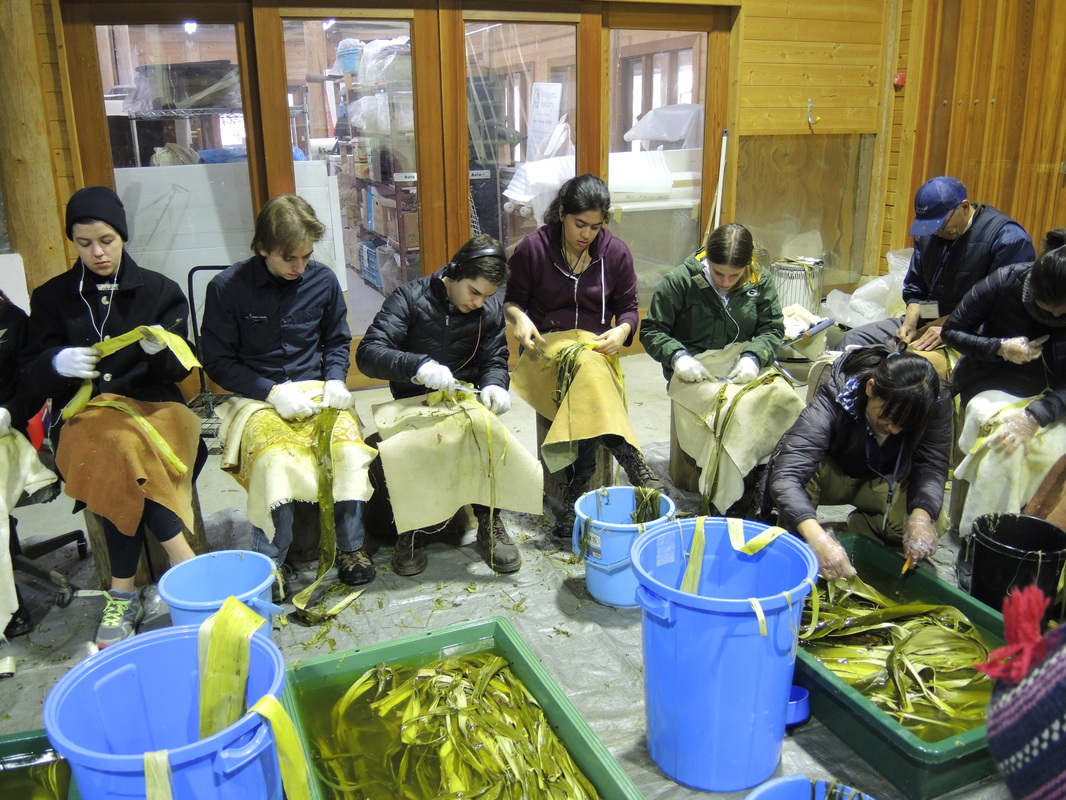










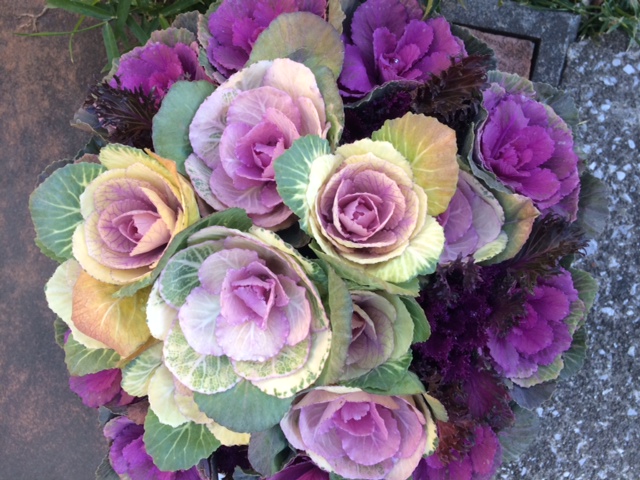







 RSS Feed
RSS Feed